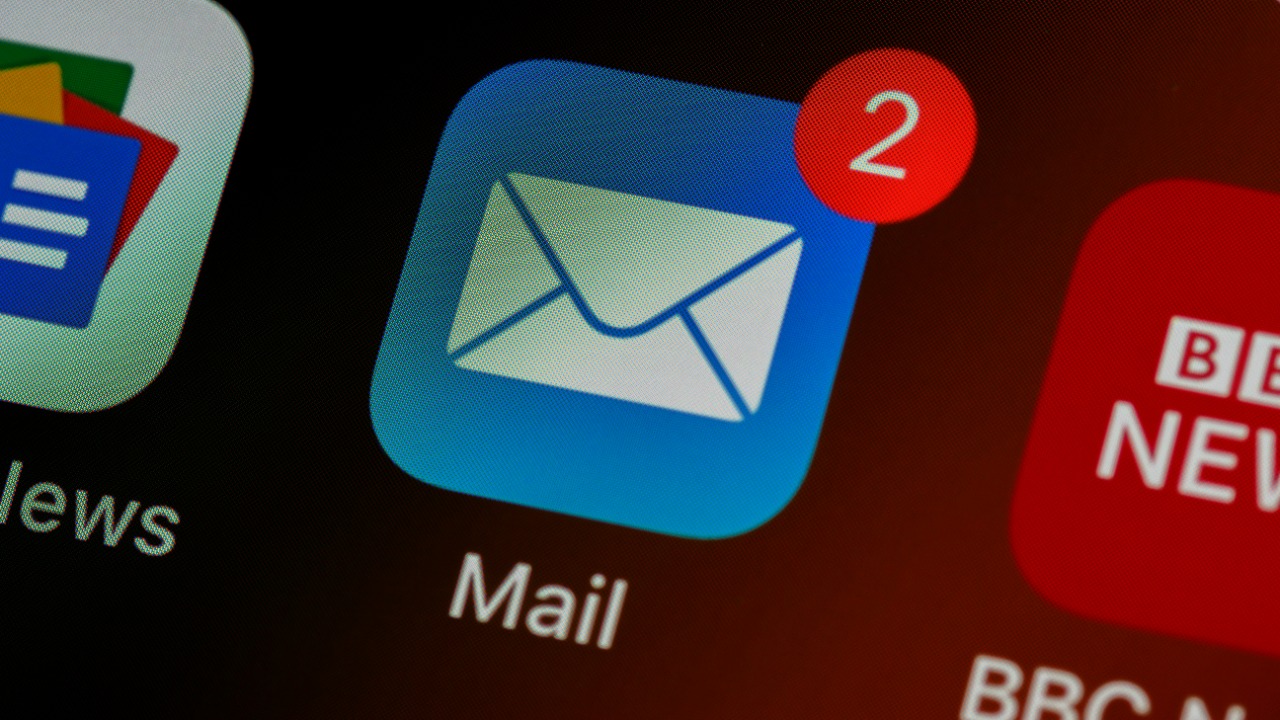
Contrary to popular belief, deleting your spam emails may not be the best course of action. Recent insights from cybersecurity experts suggest that retaining and reporting spam emails can contribute to broader cybersecurity efforts and protect users from escalating online threats. Let’s delve into why you should reconsider hitting that delete button.
Why Deleting Spam Weakens Email Filters
Spam emails are more than just a nuisance; they serve as valuable training data for AI-driven filters. Deleting these emails prevents these algorithms from learning patterns and improving their accuracy over time. Providers like Gmail use machine learning models that rely on retained spam to reduce false positives for legitimate emails. Without historical spam data, the efficacy of these filters can drop by up to 20%, as highlighted in various cybersecurity analyses.
The Value of Reporting Spam for Collective Defense
Reporting spam emails to authorities like the FTC or your email provider can contribute to a collective defense against malicious senders. These reports can lead to the blacklisting of these senders across networks, and in some cases, even the shutdown of spam rings affecting millions of users globally. It’s essential to use proper reporting channels and avoid direct replies to spammers, as detailed in this Jordan News article.
Hiding Clues to Personal Data Breaches
Spam emails often signal leaked information from data breaches. By not deleting these emails, users can use timestamps and other details to trace the origins of the breach. There have been cases where users identified their compromised data through spam patterns, enabling them to take timely protective measures for their accounts. It’s advisable to cross-reference spam content with breach notification services, as suggested in this Fox News report.
Dangers of Unsubscribe Links in Spam
Clicking “unsubscribe” buttons in spam emails can do more harm than good. These buttons confirm to spammers that the email address is active, triggering more targeted attacks. Instead, consider using built-in reporting tools in your email client to block senders without interaction. User studies have shown an increase in spam volume after using unsubscribe links, as noted in this MakeUseOf article.
Spam as an Indicator of Invasive Data Sites
Spam can also expose listings on people-search sites that harvest personal information. It’s crucial to investigate sender details for matches and take steps to remove your data from such sites. This includes using opt-out processes and monitoring tools to protect against broader privacy risks like identity theft. Retaining spam can aid in early detection of these risks, as outlined in this Reader’s Digest article.
Long-Term Strategies to Manage Spam Without Deletion
Instead of deleting spam, consider archiving your spam folder for periodic reviews. This preserves an audit trail that can be useful in disputes. Integrating spam analysis with password managers and two-factor authentication can further fortify your accounts. Community-driven tools and apps that aggregate spam reports can also provide proactive threat intelligence, contributing to a safer online environment for everyone.
More from MorningOverview